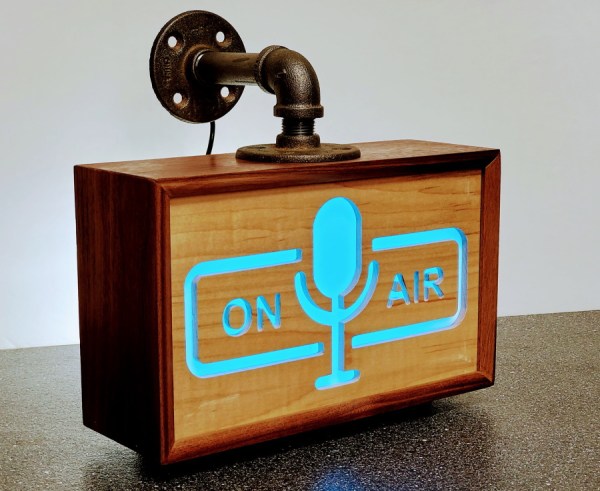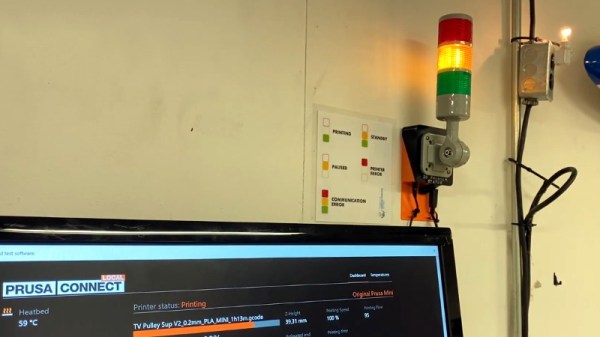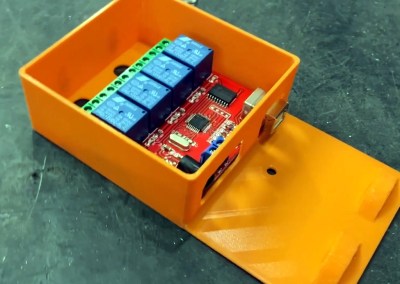These days, most of us take the instant availability of a high-speed link to the Internet for granted. But despite all of the latest technology, things still occasionally go pear-shaped — meaning that blistering fiber optic connection you’ve got to the world’s collected knowledge (not to mention, memes) can still go down when you need it the most.
After suffering some connectivity issues, [Arnov Sharma] decided to put together a little box that could alert everyone in visual range to the status of the local router. It won’t fix the problem, of course, but there’s a certain value to getting timely status updates. Using a 3D printed enclosure and a couple of custom PCBs, the build is fairly comprehensive, and could certainly be pressed into more advanced usage if given the appropriate firmware. If you’ve been thinking of a Internet-connected status indicator, this is certainly a project worth copying studying closely.
Continue reading “WiFi Status Indicator Keeps Eye On The Network”














